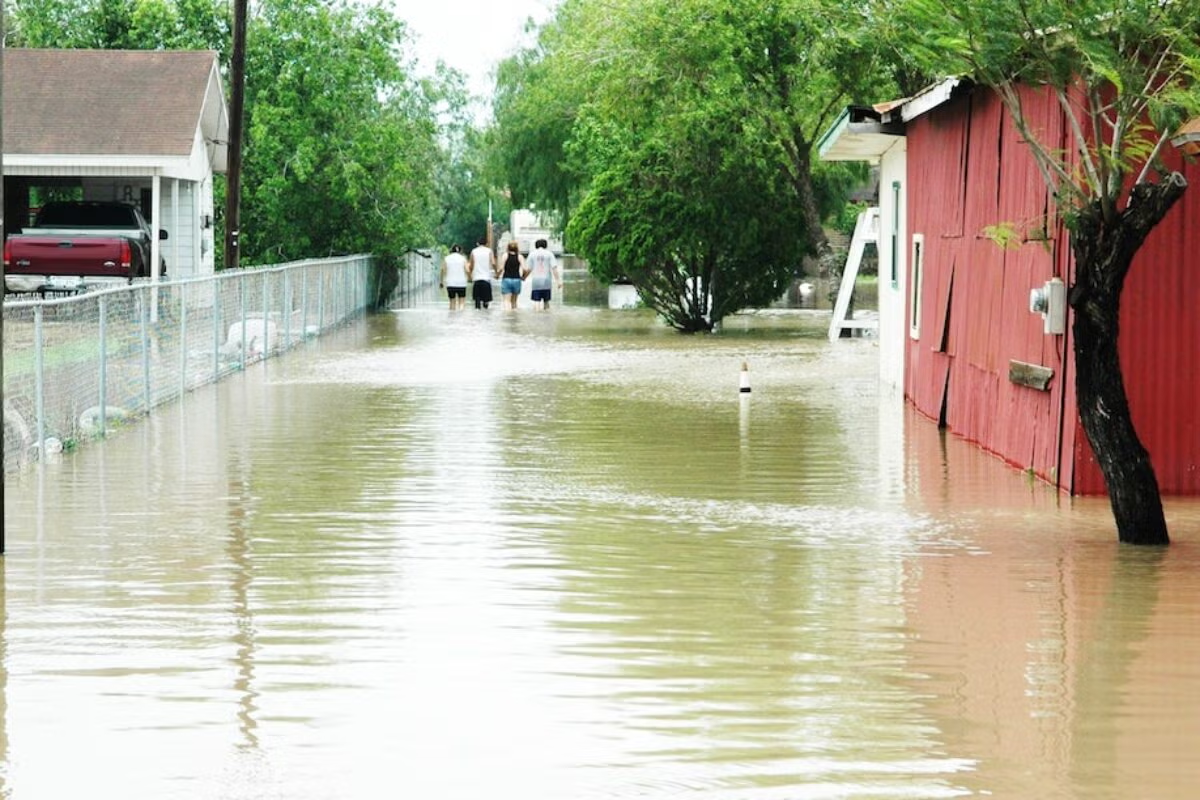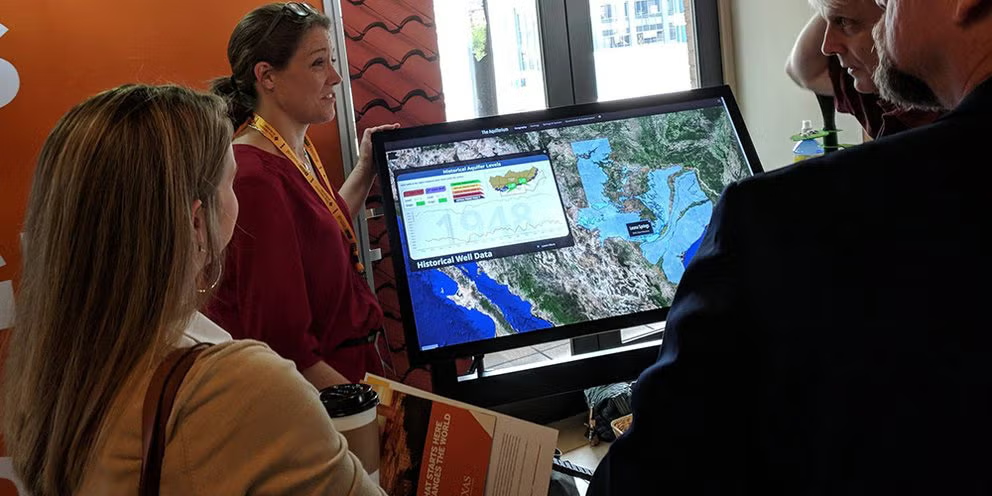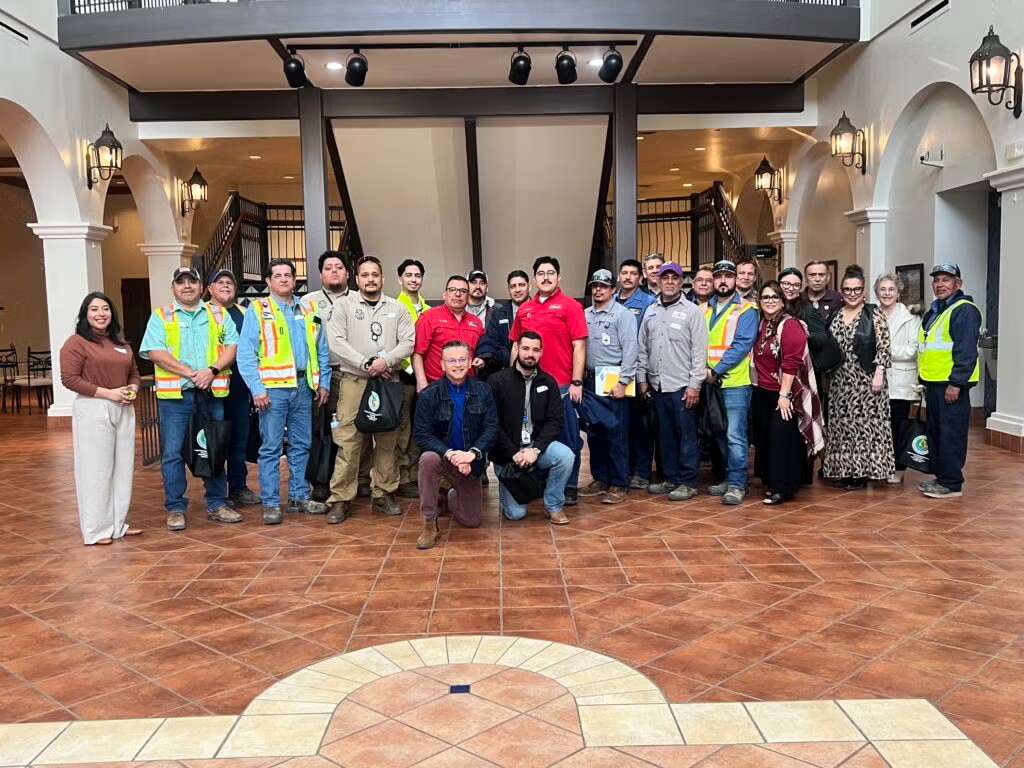When disasters strike, from hurricanes to disease outbreaks, communities need more than just forecasts — they need the full picture. Planet Texas 2050 researchers are building powerful new tools that use artificial intelligence to combine sensor data, scientific models, and even personal stories from people on the ground.
By blending storm surge projections, flood patterns and public health risks with local knowledge, the AIM (AI-enabled Model Integration) Flagship project is transforming raw data into real-time, life-saving insights during natural disasters and their aftermath — redefining what it means to prepare for a more resilient Texas.
The AIM project is a comprehensive, interdisciplinary initiative involving collaboration between University of Texas at Austin researchers and partners at The University of Texas Rio Grande Valley and the Museum of South Texas History (MOSTHistory), a regional community hub. The team is leveraging AI to build knowledge-driven decision support tools to better inform and protect people from weather-induced flood hazards in South Texas, where nearly 20% of the state’s population lives in highly vulnerable low-lying coastal counties.
To date, the project has led to significant advancements in AI-enabled model integration, the ways that artificial intelligence connects the dots between different kinds of data sources and information. The research team uses computational narrative and semantic AI approaches to combine information from computer models with narratives, photos and community discussions so that advanced decision support tools and communications guidelines can be created for weather-related disasters and the increased risk of infectious disease that follows as flood waters recede.
Not Just About Data – It’s About People
The AIM project is filling gaps in existing knowledge and creating user-oriented tools to make complex decision-making more accessible and replicable in Texas and beyond.
At the helm is research scientist Suzanne Pierce, a long-time leader in transdisciplinary research, intelligent systems and decision sciences. “AIM has morphed over time in the way it gets implemented,” she says, “but not in terms of the vision. The vision has been consistent for the data and knowledge infrastructure we’re creating for convergent research and to combine scientific data with residents’ lived experiences.”
The AIM Flagship includes multiple sub-projects targeting different hazard-related challenges, leveraging expertise and capabilities of UT's Texas Advanced Computing Center and the Oden Institute for Computational Engineering and Sciences. At its centerpiece is a powerful yet flexible digital ecosystem.


